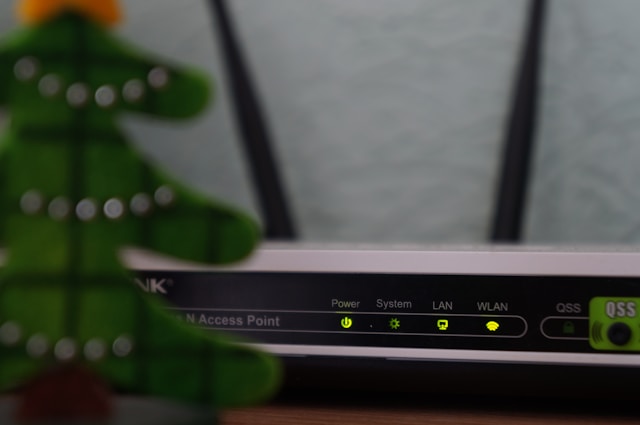In today’s digital world, a fast and stable internet connection is essential for everything from remote work to online gaming and streaming. However, many people struggle with slow WiFi, causing frustration and interruptions. Fortunately, there are several ways to improve home WiFi performance without switching to a more expensive plan.
If you’re tired of buffering videos, dropped video calls, or sluggish downloads, this guide will help you optimize your network and increase internet speed effectively.
Identify the Causes of Slow WiFi
Before applying solutions, it’s essential to understand what might be affecting your WiFi speed. Some of the most common factors include:
- Interference from physical obstacles such as walls, furniture, and electronic devices
- Too many connected devices overloading the network
- Outdated router or firmware limiting performance
- ISP limitations and bandwidth throttling affecting speed
- Signal interference from household electronics like microwaves, cordless phones, or baby monitors
Once you identify the root cause, you can take targeted steps to improve home WiFi.
Tips to Boost WiFi Speed
1. Optimize Router Placement
One of the simplest ways to boost internet speed is by ensuring your router is placed in the optimal location. Ideally, position it:
- In a central location to distribute the signal evenly
- Away from thick walls or large furniture that can block signals
- At an elevated position, such as on a shelf or mounted on a wall
2. Upgrade Your Router
If you’re using an old router, it may not support the latest WiFi standards. Consider upgrading to a dual-band or mesh WiFi system, which provides better speed and coverage. Mesh systems are particularly useful for large homes, as they help eliminate dead zones and ensure a stable connection in every room.
3. Reduce Interference from Other Devices
Household appliances and other electronics can interfere with your WiFi signal. Keep your router away from devices like:
- Microwaves
- Bluetooth speakers
- Cordless phones
- Baby monitors
Additionally, if you’re experiencing frequent slowdowns, try changing your router’s channel settings to avoid congestion from nearby networks.
4. Manage Connected Devices
Too many connected devices can overload your WiFi, causing slow speeds for everyone. To improve home WiFi performance, consider:
- Disconnecting unused devices that are consuming bandwidth
- Prioritizing high-bandwidth devices (such as gaming consoles and smart TVs) using Quality of Service (QoS) settings
- Limiting background apps and auto-updates on connected devices
5. Update Router Firmware & Improve Security
Keeping your router firmware up to date can help fix bugs, enhance security, and optimize performance. Regular updates ensure that your device operates efficiently and supports the latest network features.
For added security, always:
- Use a strong WiFi password to prevent unauthorized users from slowing down your network
- Enable network encryption to safeguard personal data
- Regularly check for unknown devices connected to your WiFi
6. Use Ethernet for High-Demand Devices
While WiFi is convenient, a wired connection is always more reliable. If you frequently stream 4K videos, game online, or work with large files, connecting directly via Ethernet can help maintain a stable and faster connection.
7. Adjust Router Settings for Better Performance
Most routers come with adjustable settings that allow you to optimize performance. Try these tweaks:
- Change your WiFi channel to avoid congestion from neighboring networks
- Enable Quality of Service (QoS) to prioritize critical applications
- Switch to a 5GHz band for faster speeds if your router supports it
When to Contact Your ISP
If you’ve tried all these tips and still experience slow speeds, it might be time to check with your ISP. Here’s when you should reach out:
- Your internet speed is significantly lower than what your plan offers
- Frequent service disruptions or network outages
- Your home requires higher bandwidth than your current plan provides
Upgrading to a higher bandwidth plan may be necessary if multiple users are streaming, gaming, or working online simultaneously.
Conclusion
A slow WiFi connection can be frustrating, but by following these steps, you can significantly improve home WiFi speed and reliability. From optimizing router placement to managing connected devices, small changes can make a big difference.









